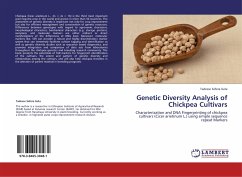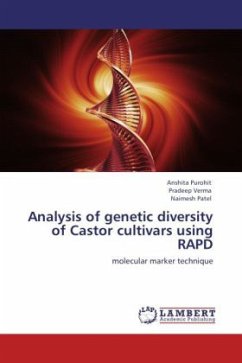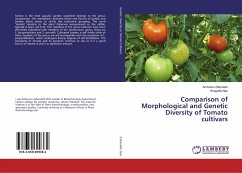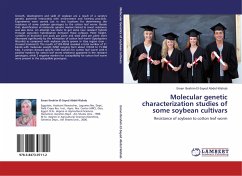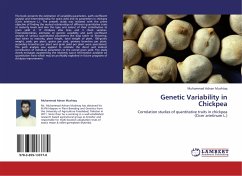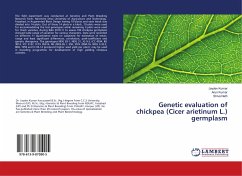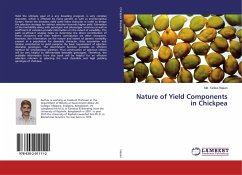Chickpea (Cicer arietinum L., 2n = 2x = 16) is the third most important grain legume crop in the world and grown in more than 50 countries. The assessment of genetic diversity is important not only for crop improvement but also for efficient management and conservation of genetic resources. Differences between genotypes with regard to agronomic characters, morphological characters, biochemical characters (e.g. storage proteins, isozymes), and molecular markers are either indirect or direct manifestations of the differences at DNA level. Moreover, molecular markers like, SSR can provide a robust and highly discriminatory marker system that can immensely facilitate cultivar tagging and identification as well as genetic diversity studies such as sequence based diagnostics, and promote integration and comparison of data sets from laboratories throughout the chickpea genetics and breeding research community. This book presents the potentials of SSR markers for fingerprint identification of the cultivars, the extent and pattern of genetic diversity and relationships among the cultivars, and will also help chickpea breeders in the selection of parent material in breeding programs.

